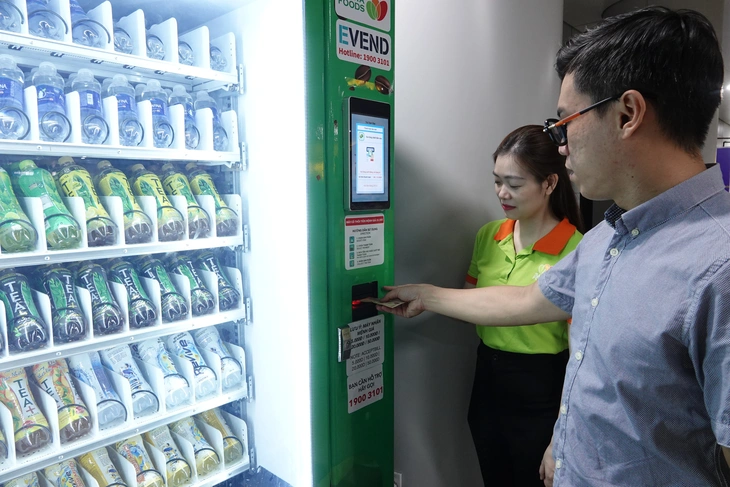
Vending machine retail channel develops in association with metro stations - Photo: MS
Mr. Lam Quoc Thanh, General Director of SATRA, said that the deployment of 24 automatic water vending machines for people at 14 metro stations has brought in revenue of more than 200 million VND after two months of installation.
Opportunities for Vietnamese goods on the Metro system
Not stopping at the vending machine model, the company is researching and developing more modern retail solutions in the metro system, providing a variety of quality consumer products at reasonable prices. At the same time, the company also plans to combine promotional programs to create consumer motivation.
SATRA leaders expect that the association with Metro will not only promote the retail industry but also contribute to raising the image of Vietnamese goods in the market. With the modern metro system, Vietnamese products will not only serve domestic customers but also have the opportunity to reach a large number of international tourists.
"The connection between SATRA, Vietnamese brands and the Metro system will create a modern, civilized retail ecosystem, in line with the city's development trend," said Mr. Thanh.
Realizing the great potential of the metro system, this retailer is researching to expand its modern retail model, aiming at convenience stores, mobile sales points and fast food systems at stations.
SATRA is currently working with more than 1,000 suppliers, prioritizing green products and high-quality domestic goods. Every year, the unit implements nearly 40 promotional programs and plans to integrate these incentive programs into the Metro system, helping consumers access Vietnamese goods at better prices.
Promoting the development of retail models along the Metro line
At the signing ceremony of the strategic cooperation agreement between SATRA and Ho Chi Minh City Urban Railway Company No. 1 (HURC1) for the period 2025-2028, on the afternoon of March 27, Mr. Nguyen Van Dung - Vice Chairman of Ho Chi Minh City People's Committee - said that the city aims to have 355 km of urban railway by 2035 and by 2045 this number will exceed 500 km.
According to plan, metro line 2 will start construction at the end of 2025, after which the remaining lines will also be accelerated to complete the system according to the Central's urban railway development project.
The future expansion of the city also entails the need to expand the urban railway system. Connecting routes such as Suoi Tien – Binh Duong, Tan Son Nhat airport – Long Thanh airport or the center of Ho Chi Minh City – Can Gio are all likely to be formed.
However, it is important to make the most of the economic ecosystem around it. When metro line 1 comes into operation, Ho Chi Minh City will have important lessons on exploiting underground infrastructure – an area that still has a lot of room for development.
For example, the underground area around metro stations not only serves transportation but can also become a commercial and service center, increasing economic value significantly.
"The question is how to exploit the 9m space from the metro roof to the ground to optimize the efficiency of urban land use. This means that the city needs a comprehensive strategy to maximize the economic value that the metro brings, instead of just considering it as a simple transportation system. HURC1 is tasked with not only operating the metro system but also developing a commercial ecosystem to serve passengers," Mr. Dung noted.
In February 2020, Saigon Co.op and HURC also signed a cooperation agreement to enhance the metro passenger experience, marking a plan to exploit commercial space at metro stations on the Ben Thanh - Suoi Tien line.
Source: https://tuoitre.vn/thu-tram-trieu-tu-cac-may-ban-nuoc-tu-dong-o-ga-metro-20250328103821522.htm



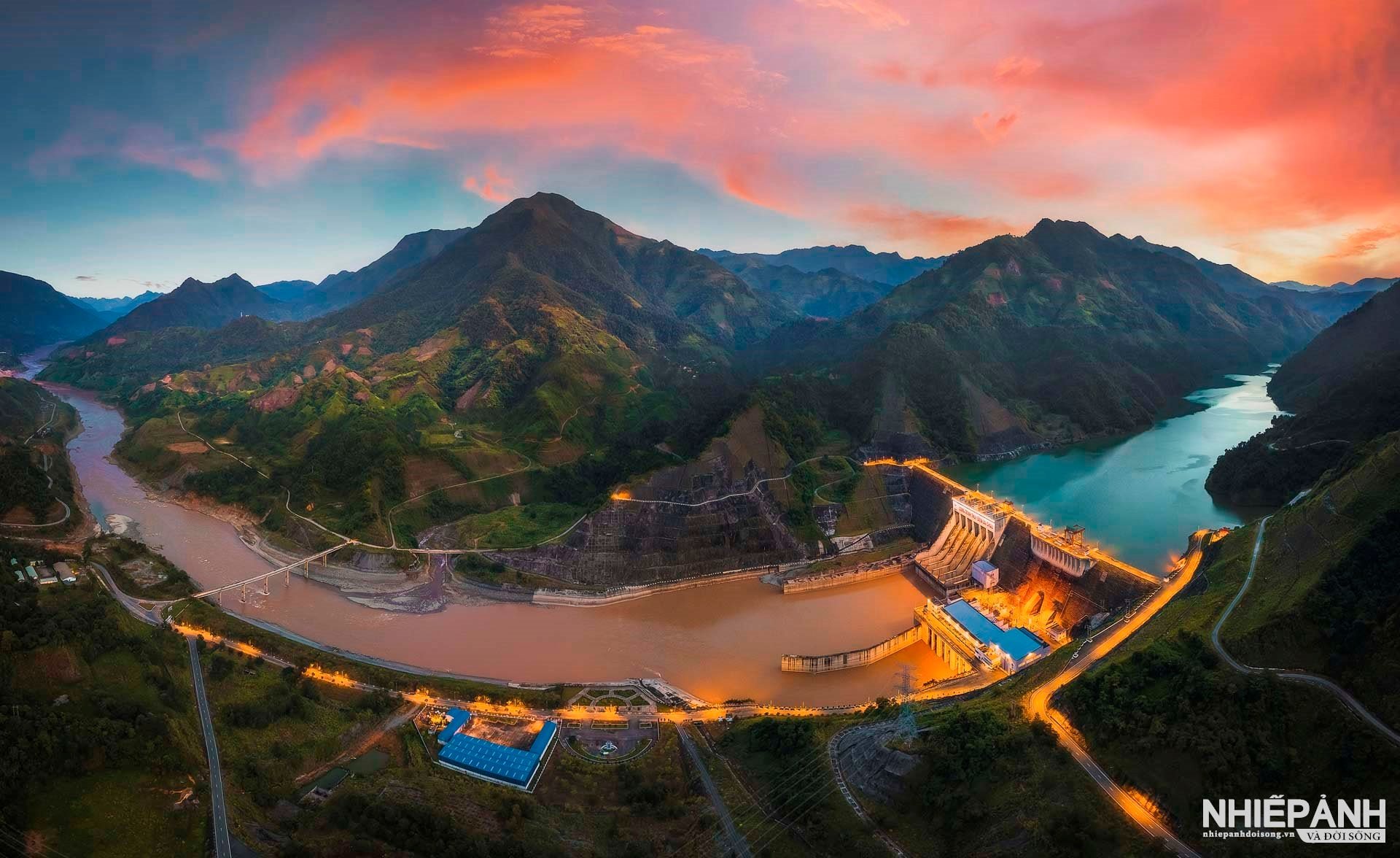


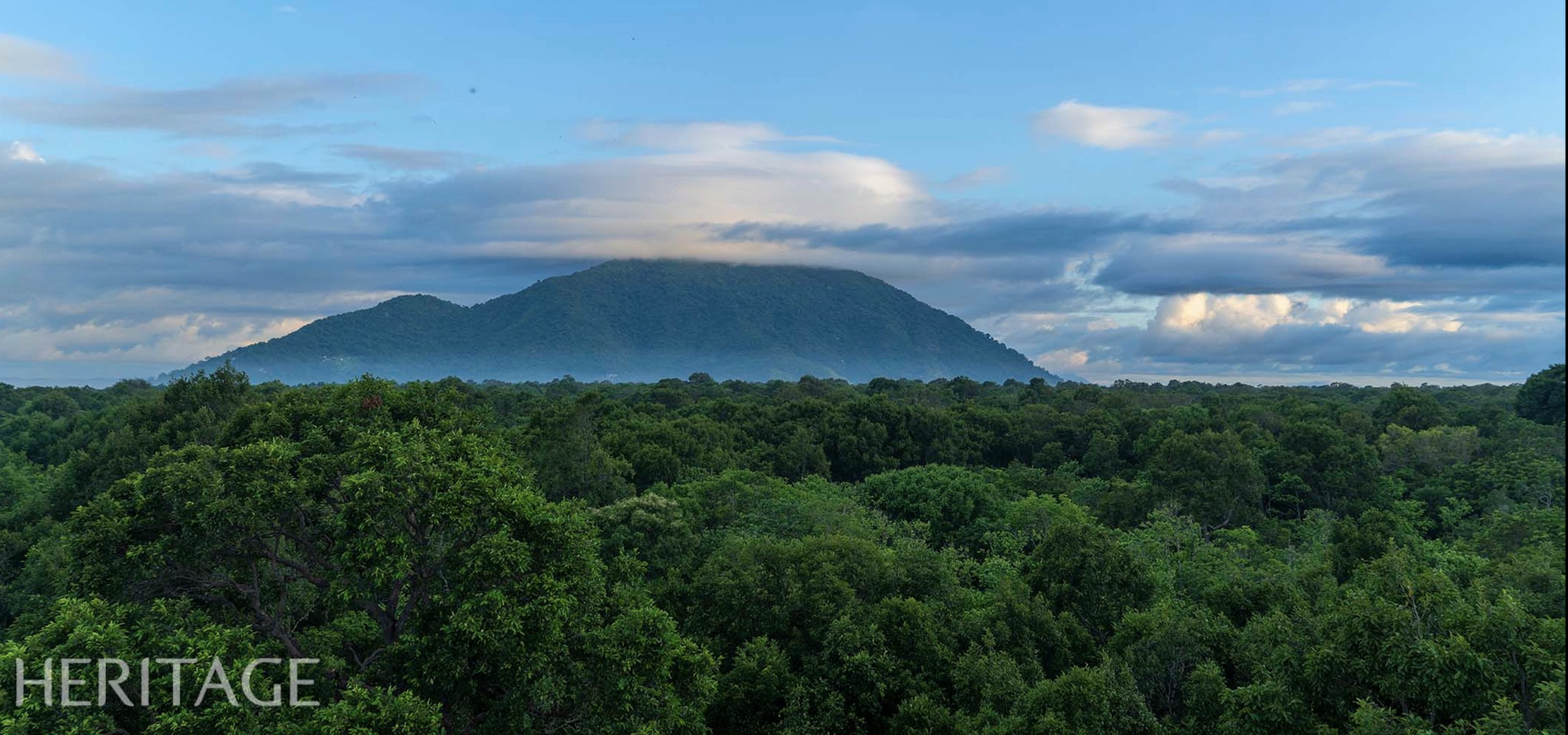
![[Photo] Ministry of Defense sees off relief forces to the airport to Myanmar for mission](https://vstatic.vietnam.vn/vietnam/resource/IMAGE/2025/3/30/245629fab9d644fd909ecd67f1749123)
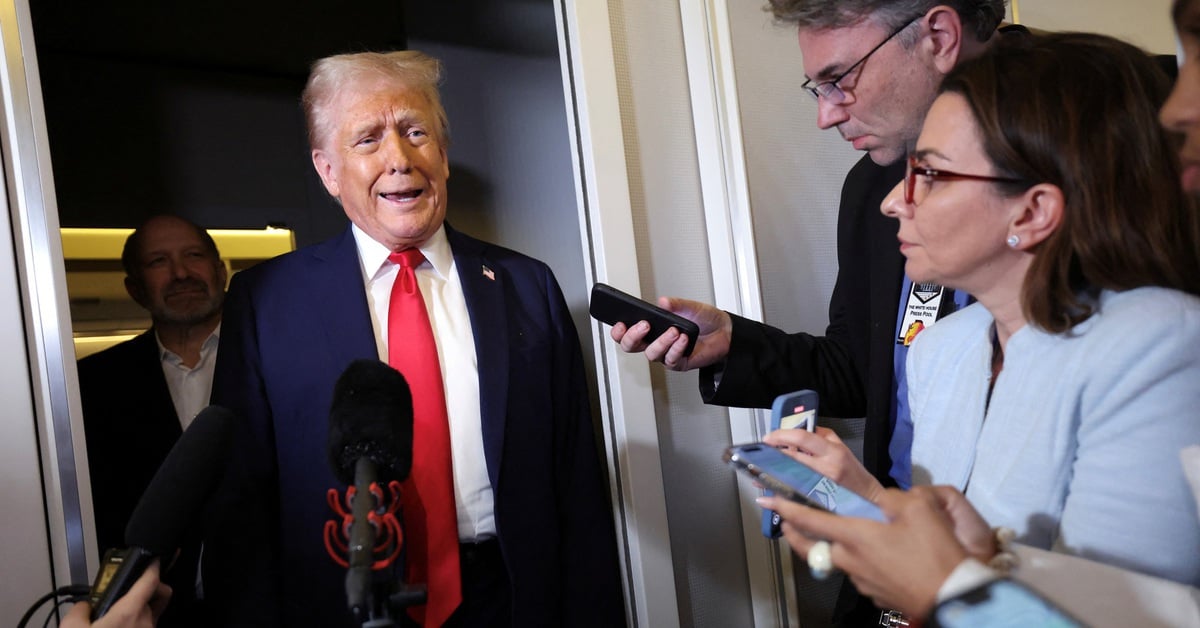
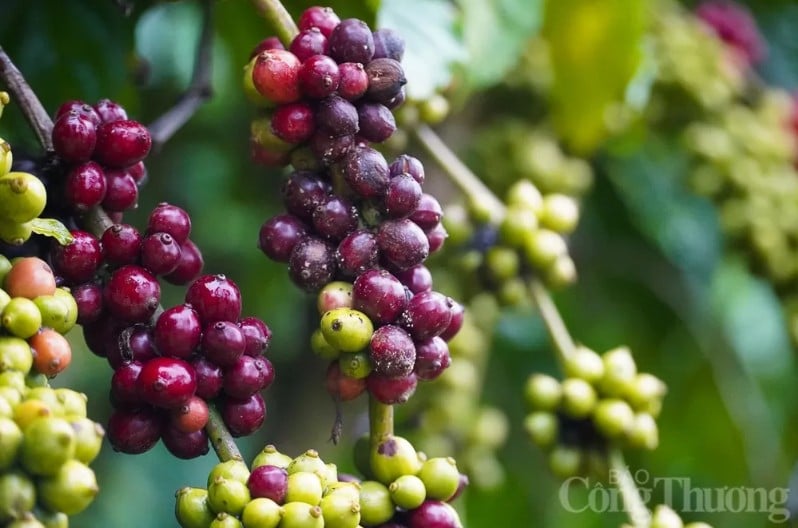

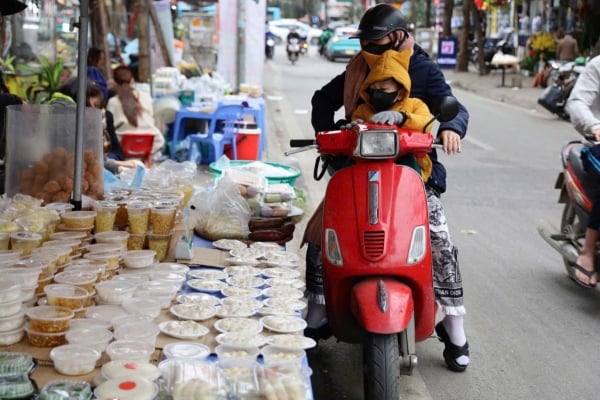
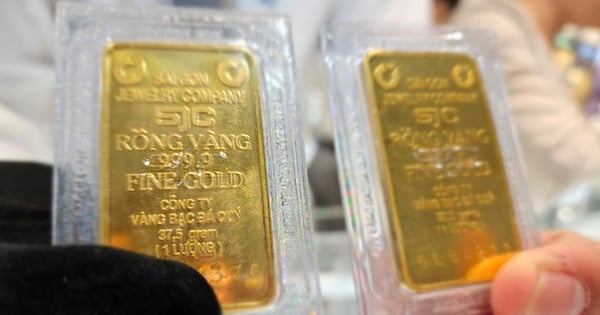




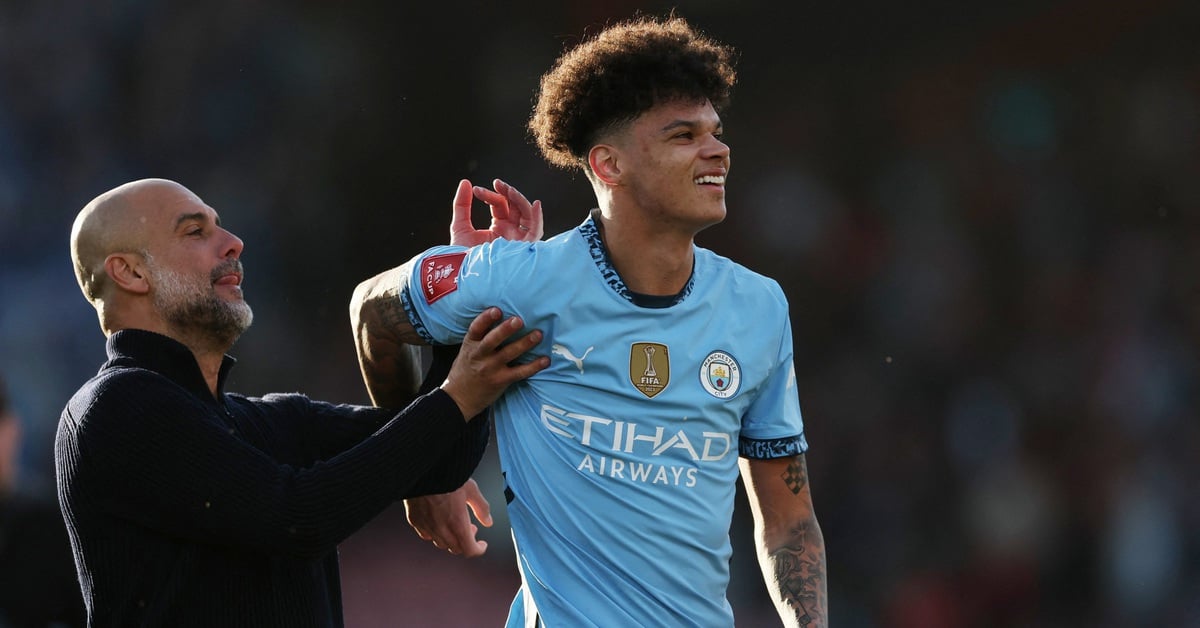
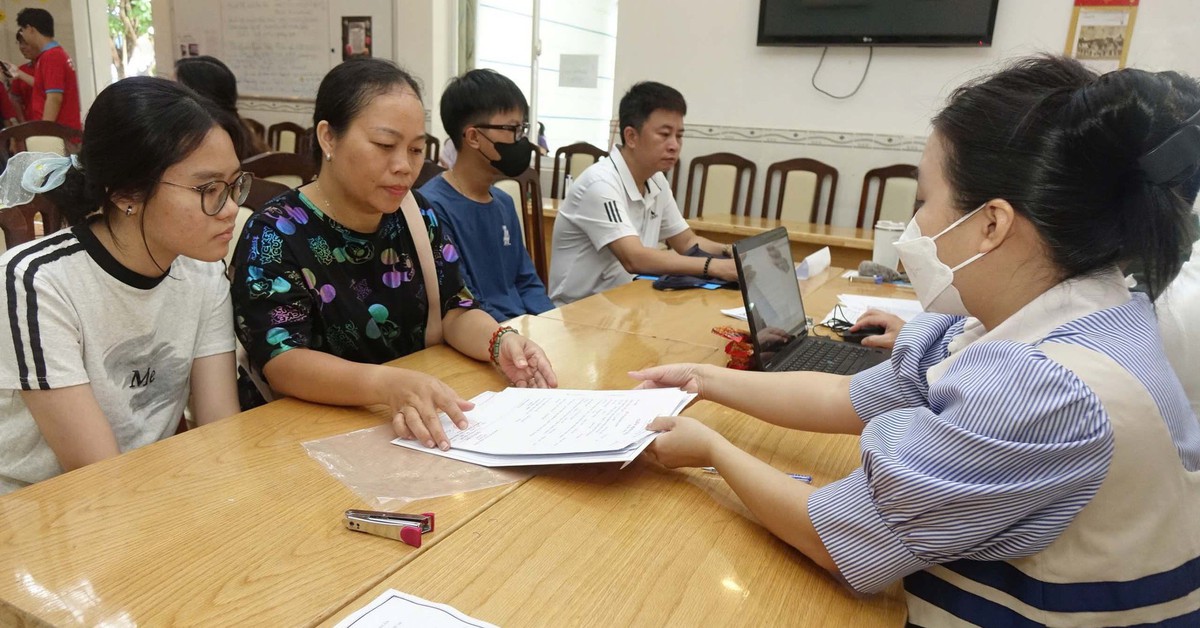
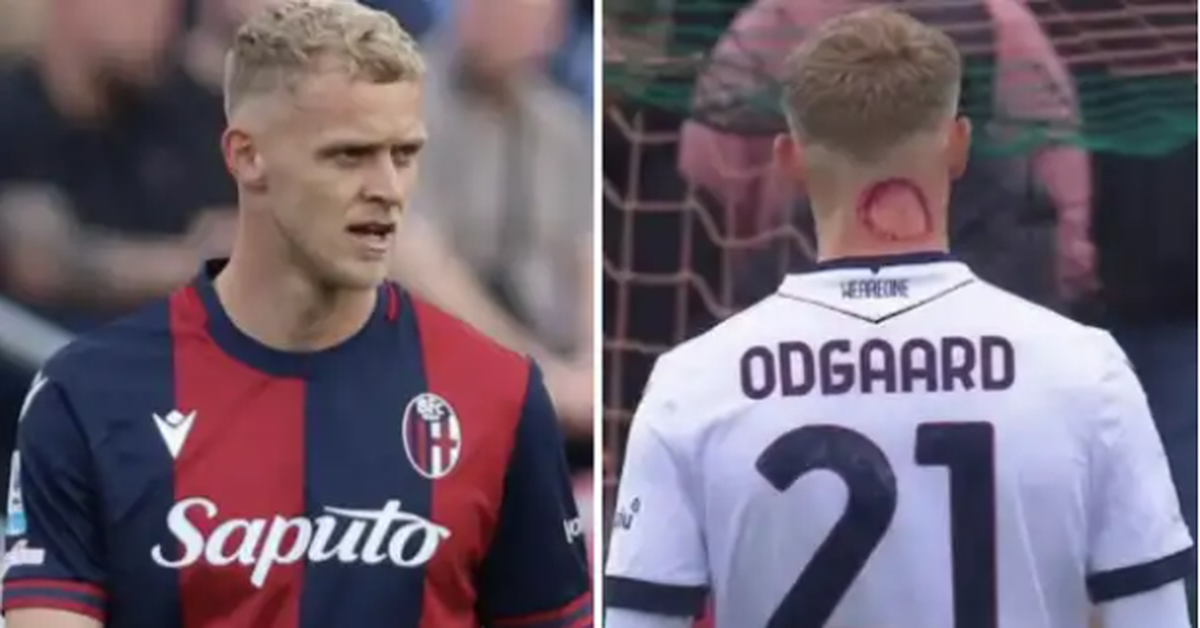
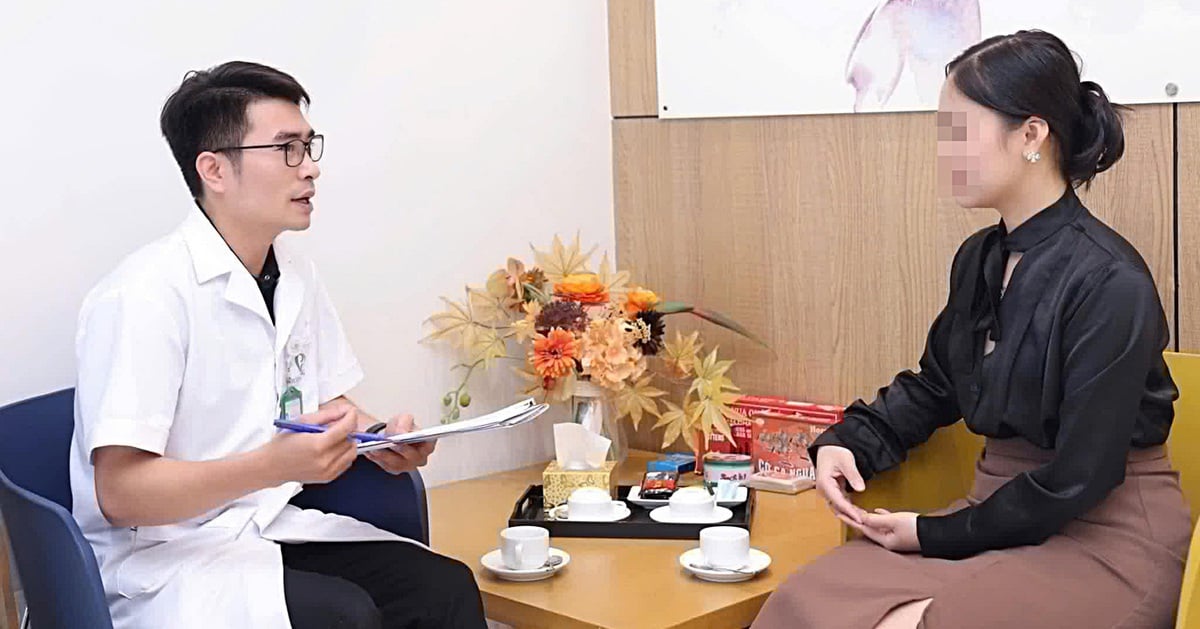
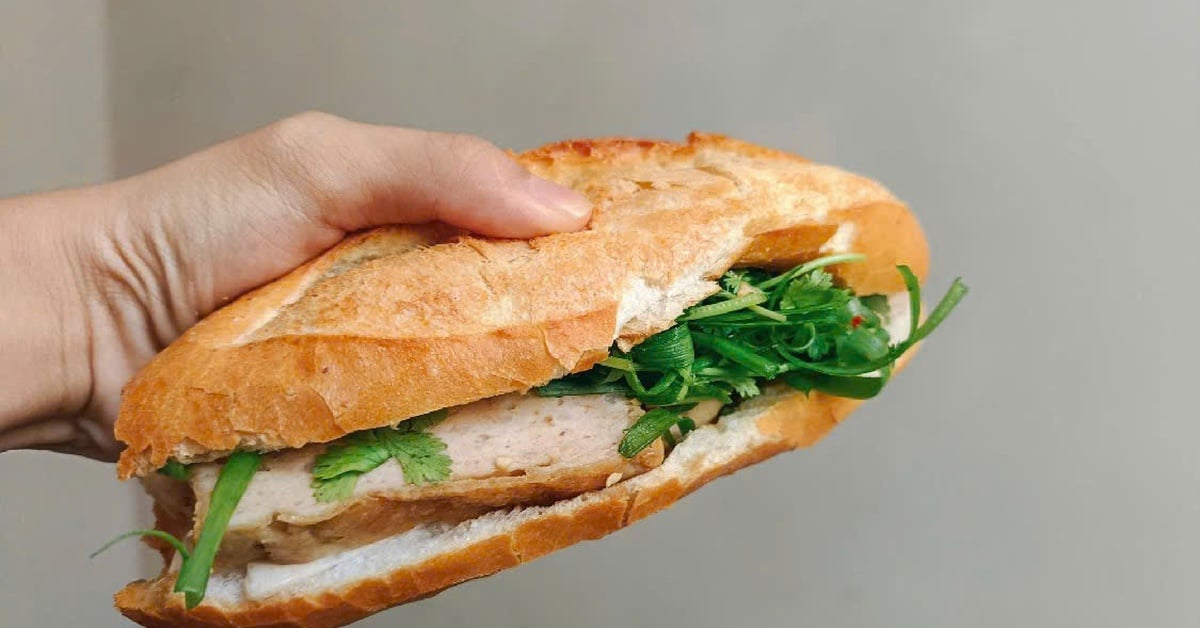
![[Photo] Prime Minister Pham Minh Chinh chairs meeting to remove difficulties for projects](https://vstatic.vietnam.vn/vietnam/resource/IMAGE/2025/3/30/7d354a396d4e4699adc2ccc0d44fbd4f)
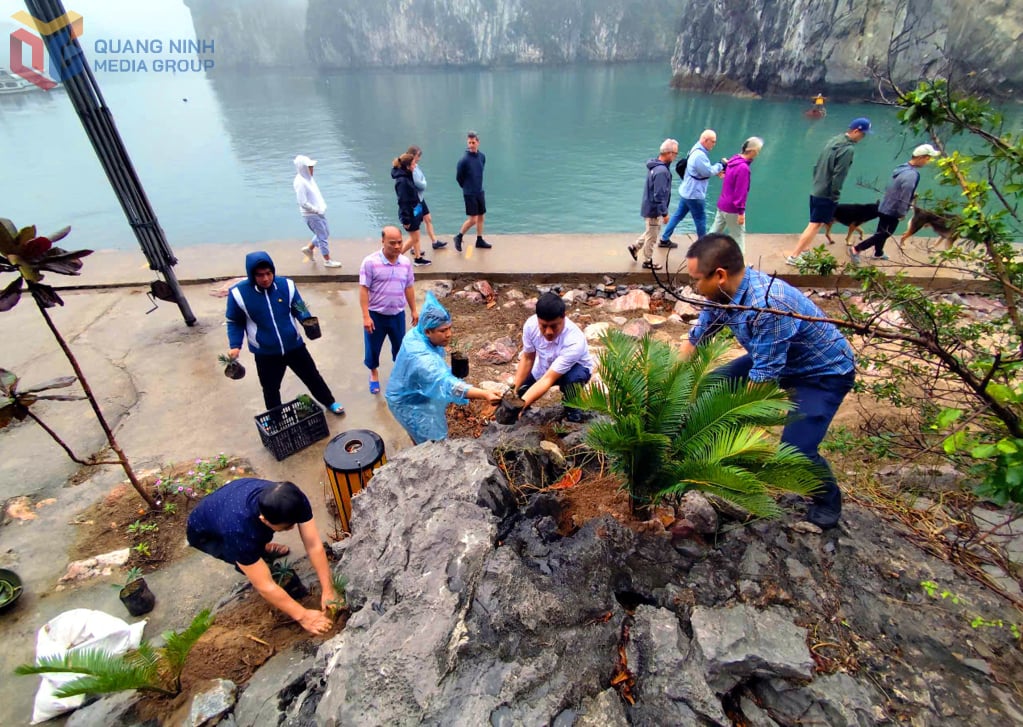

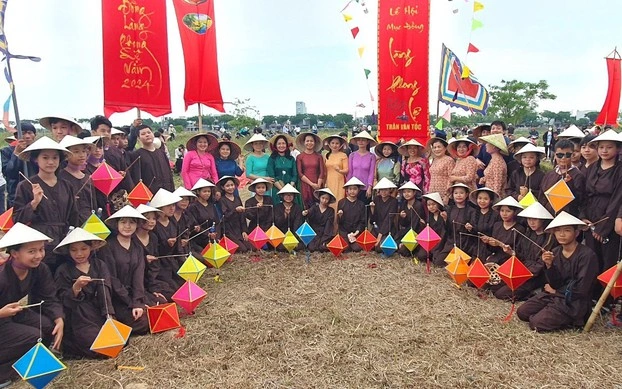





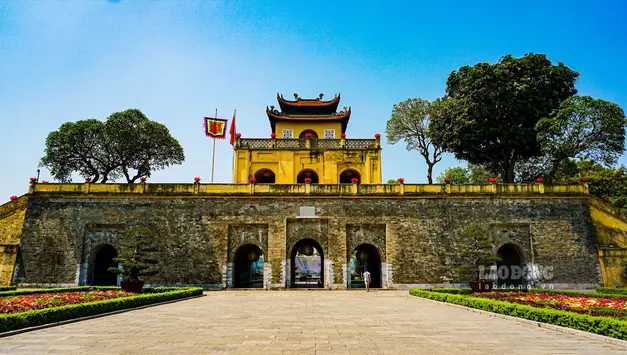



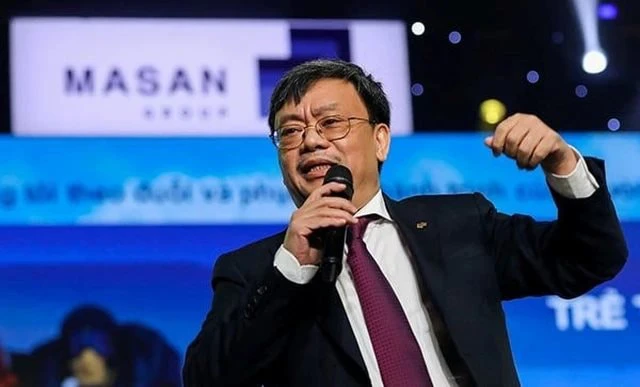







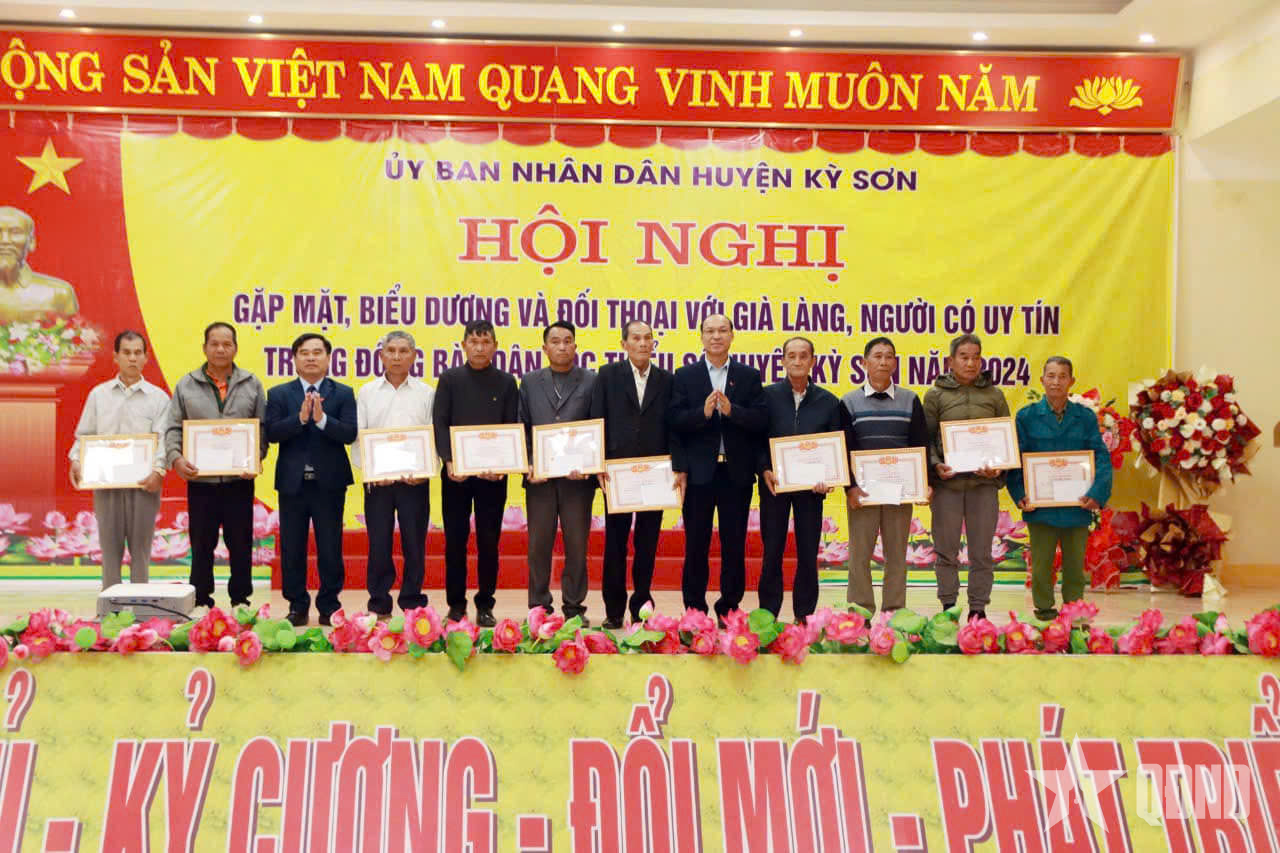










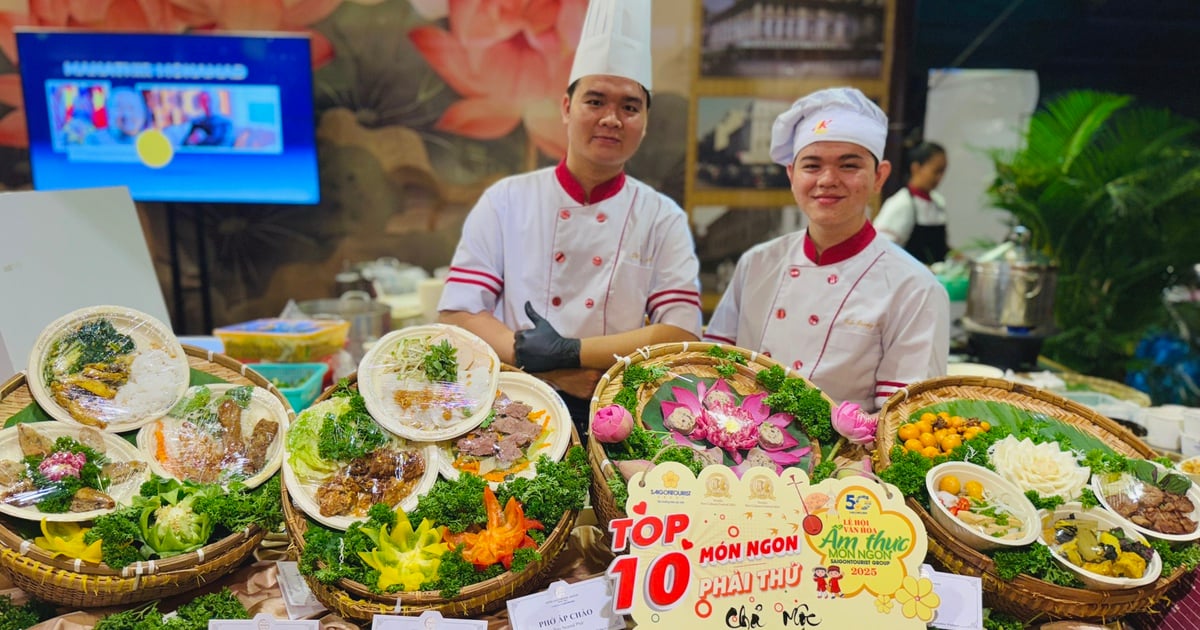
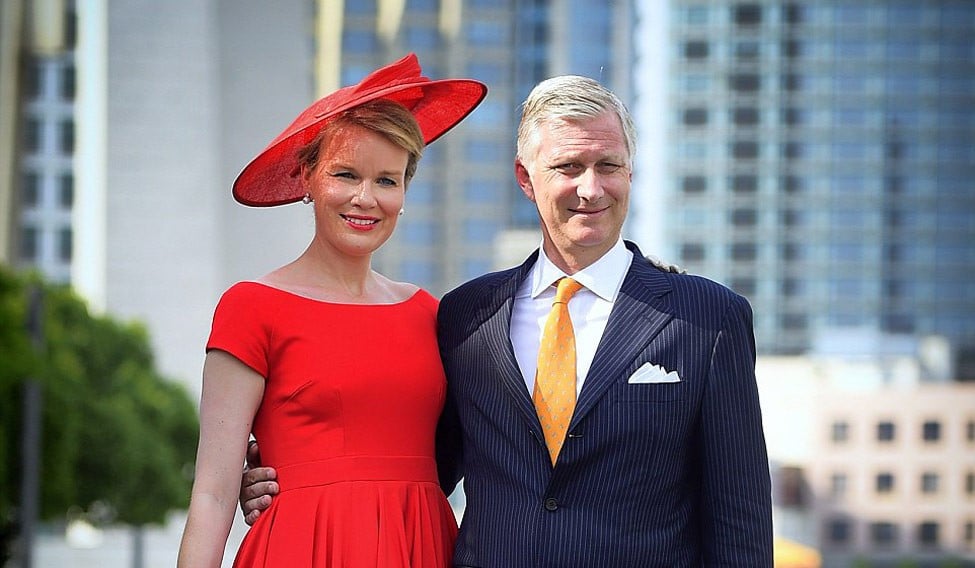



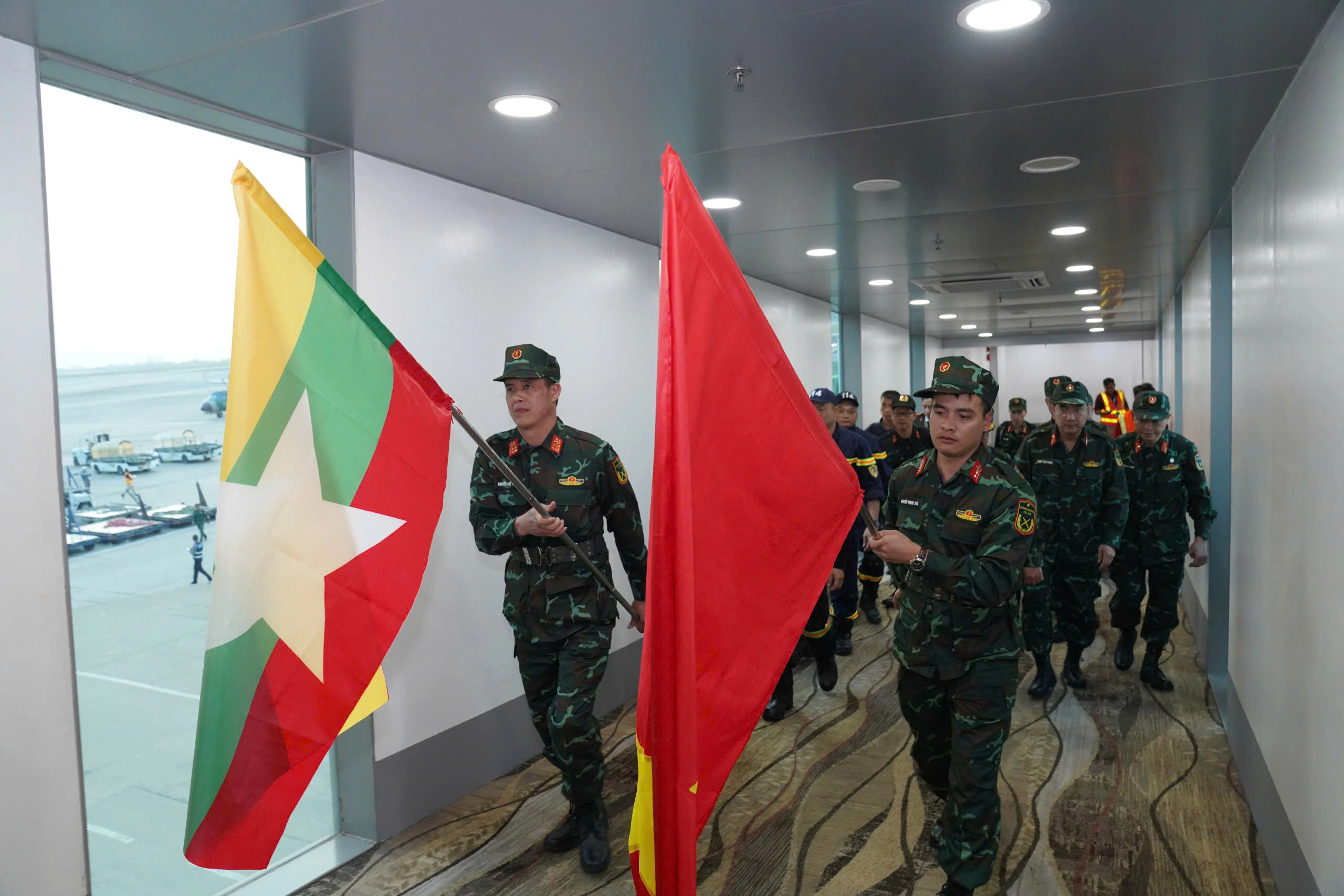
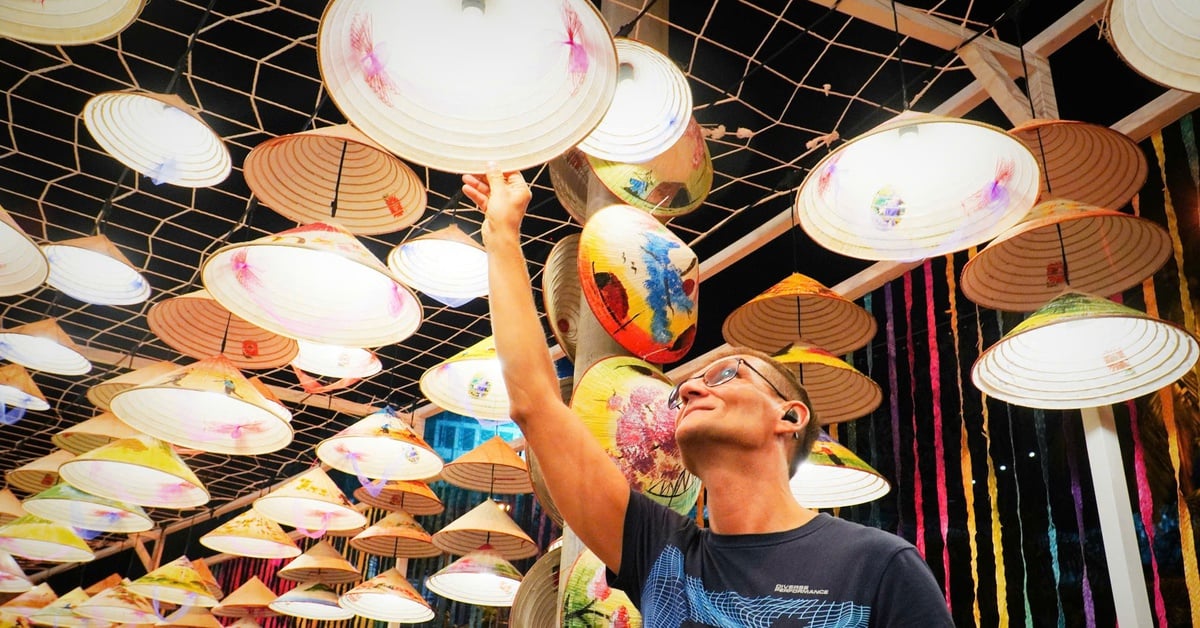
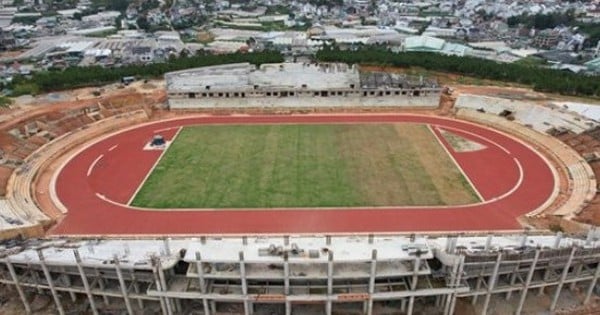

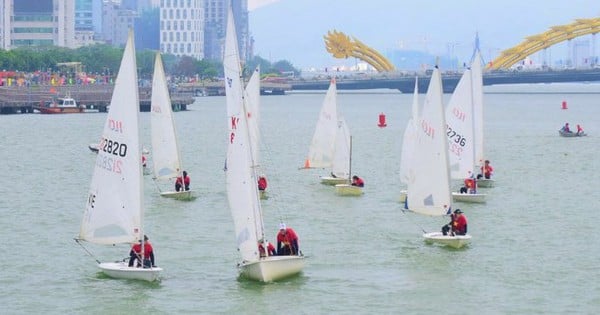
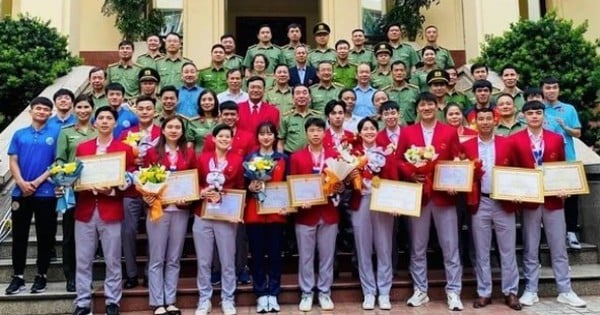
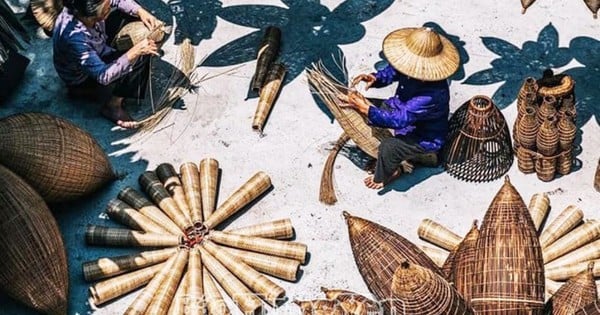
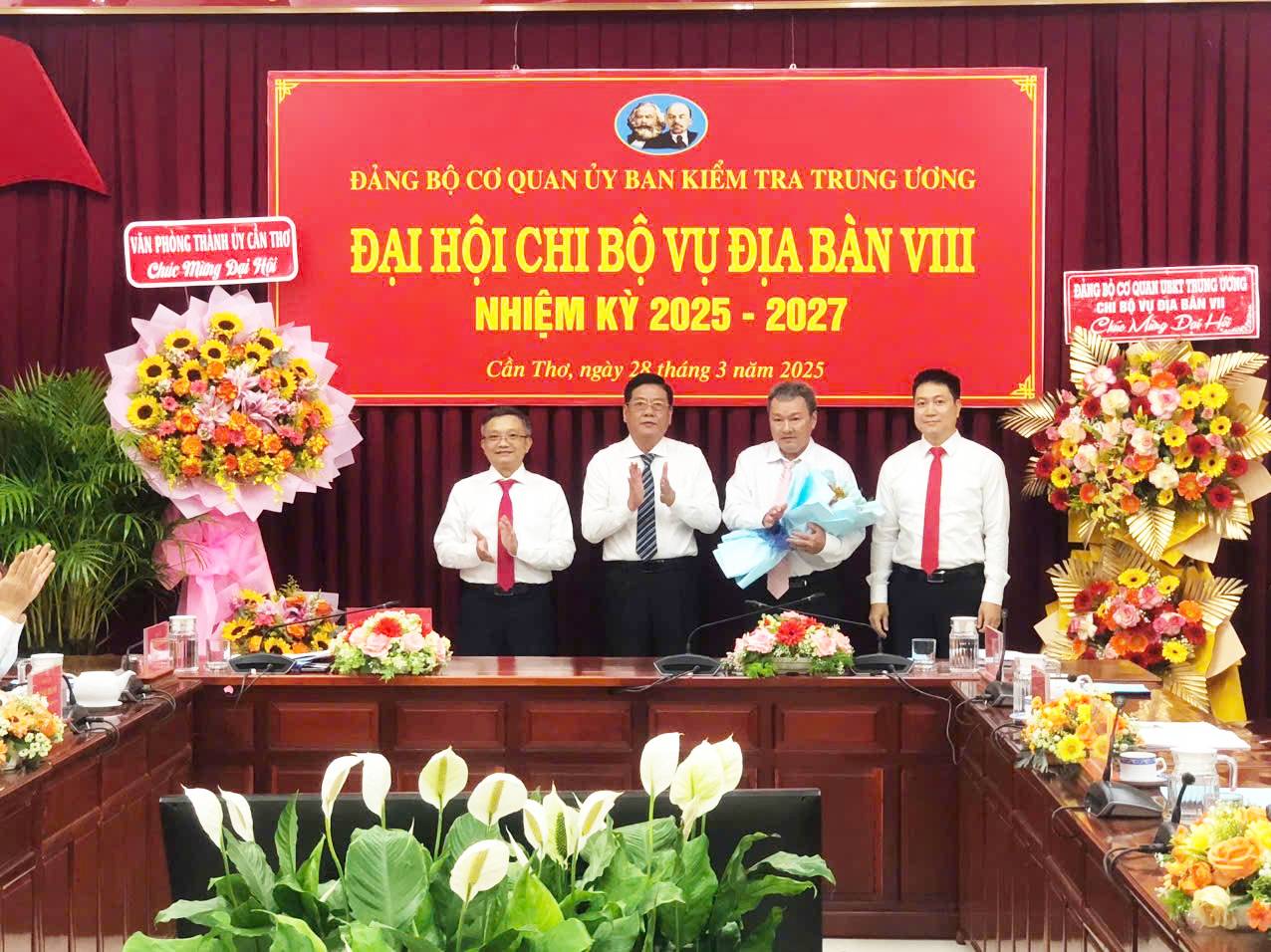

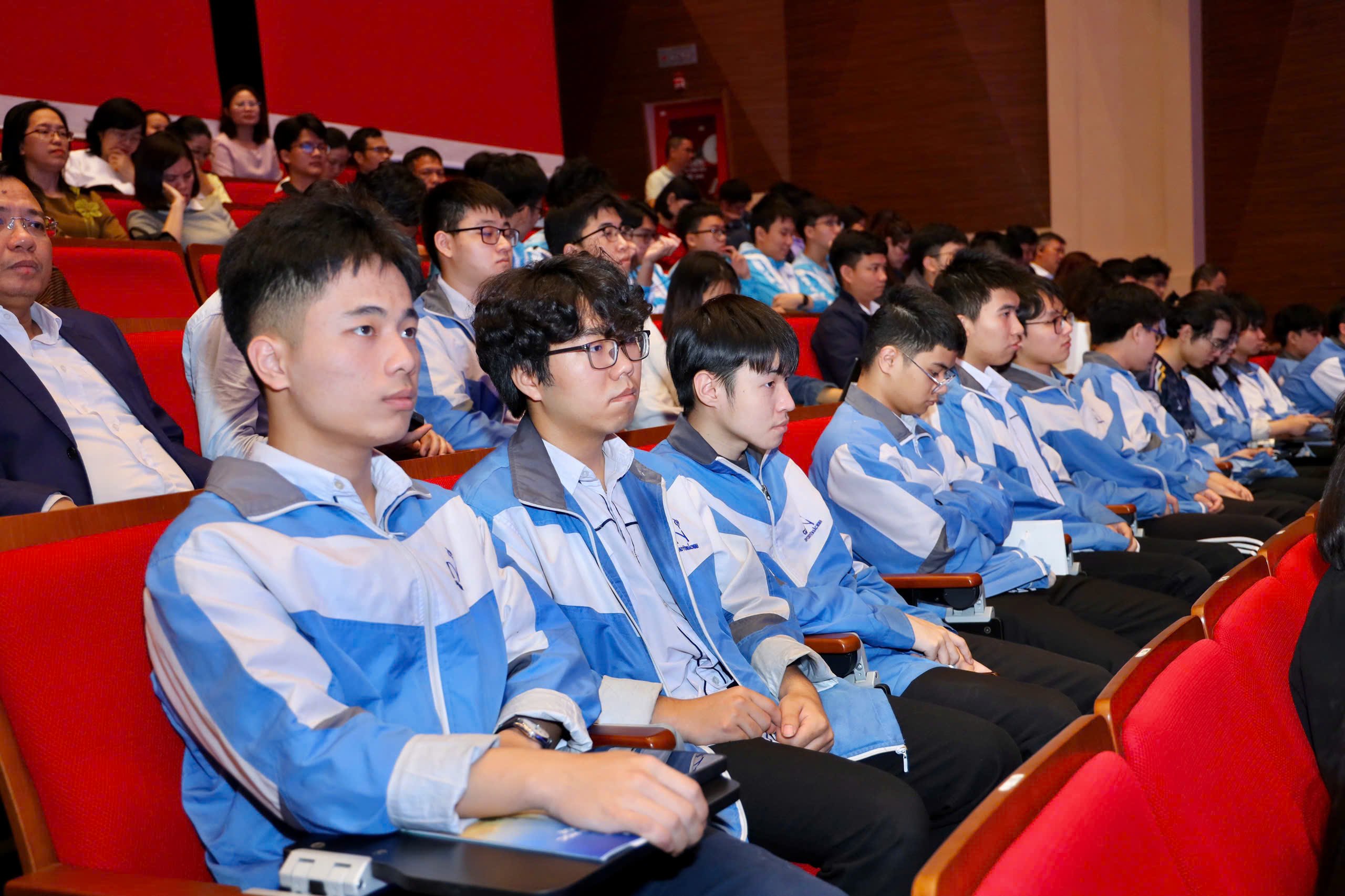

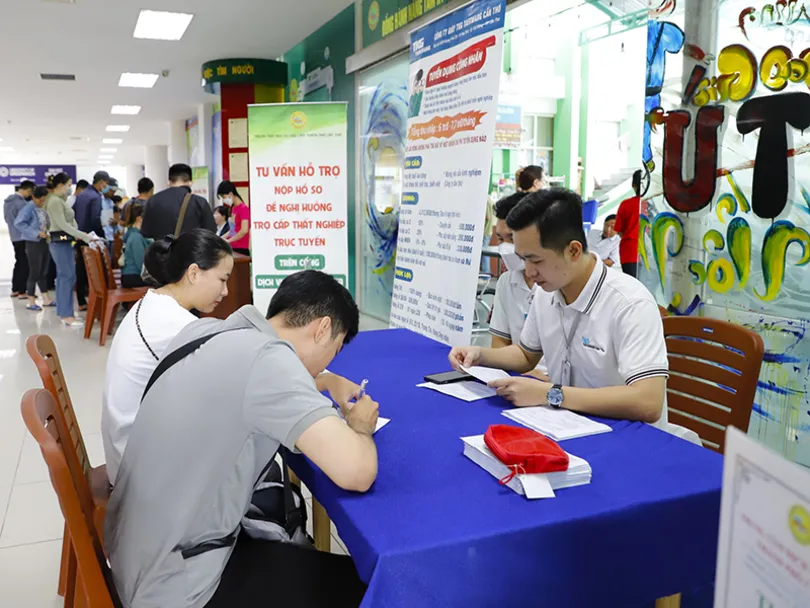

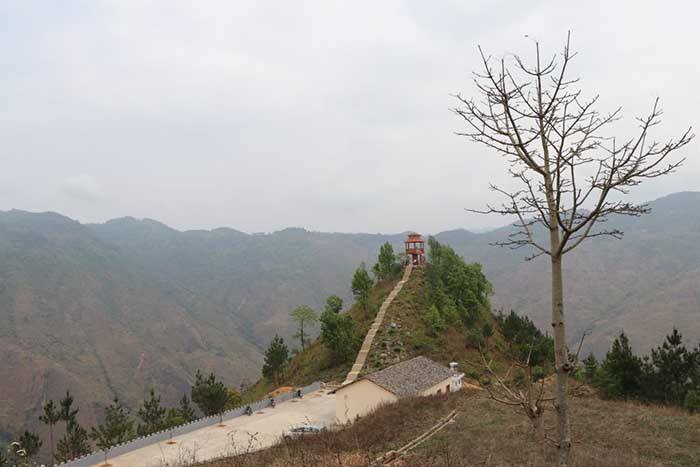

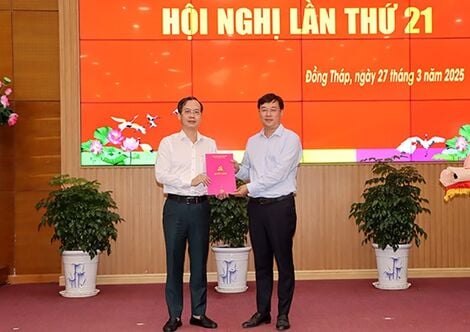

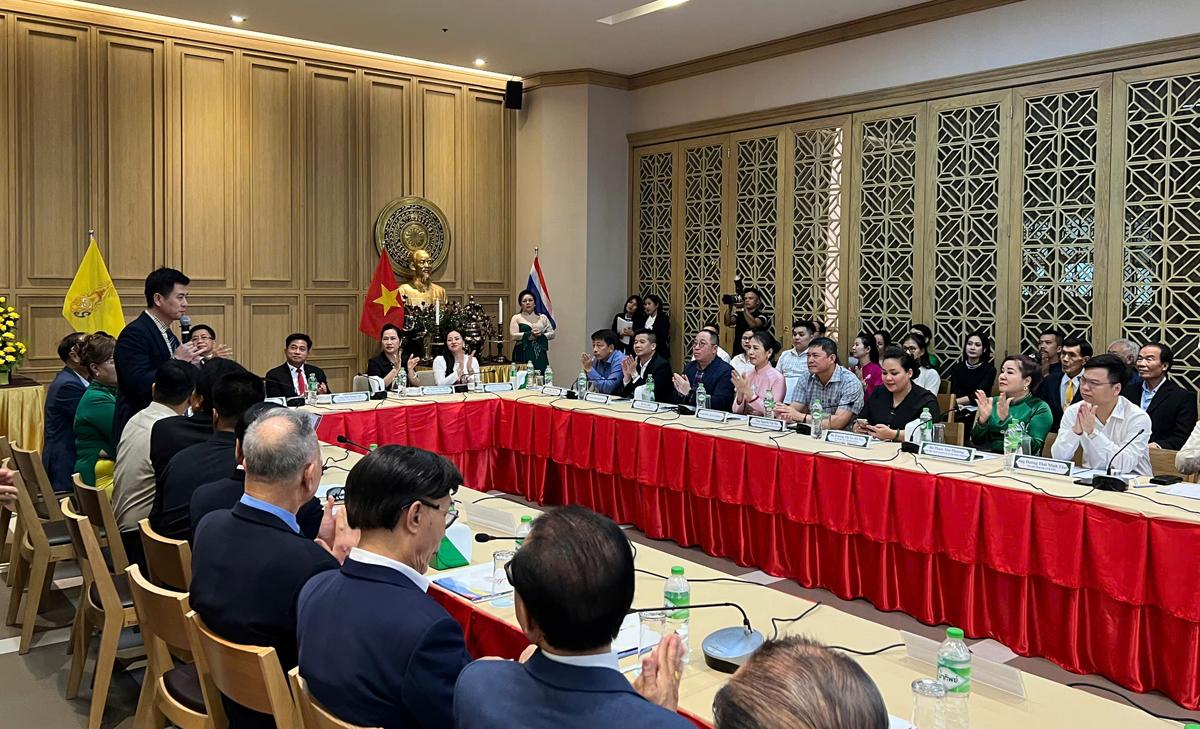
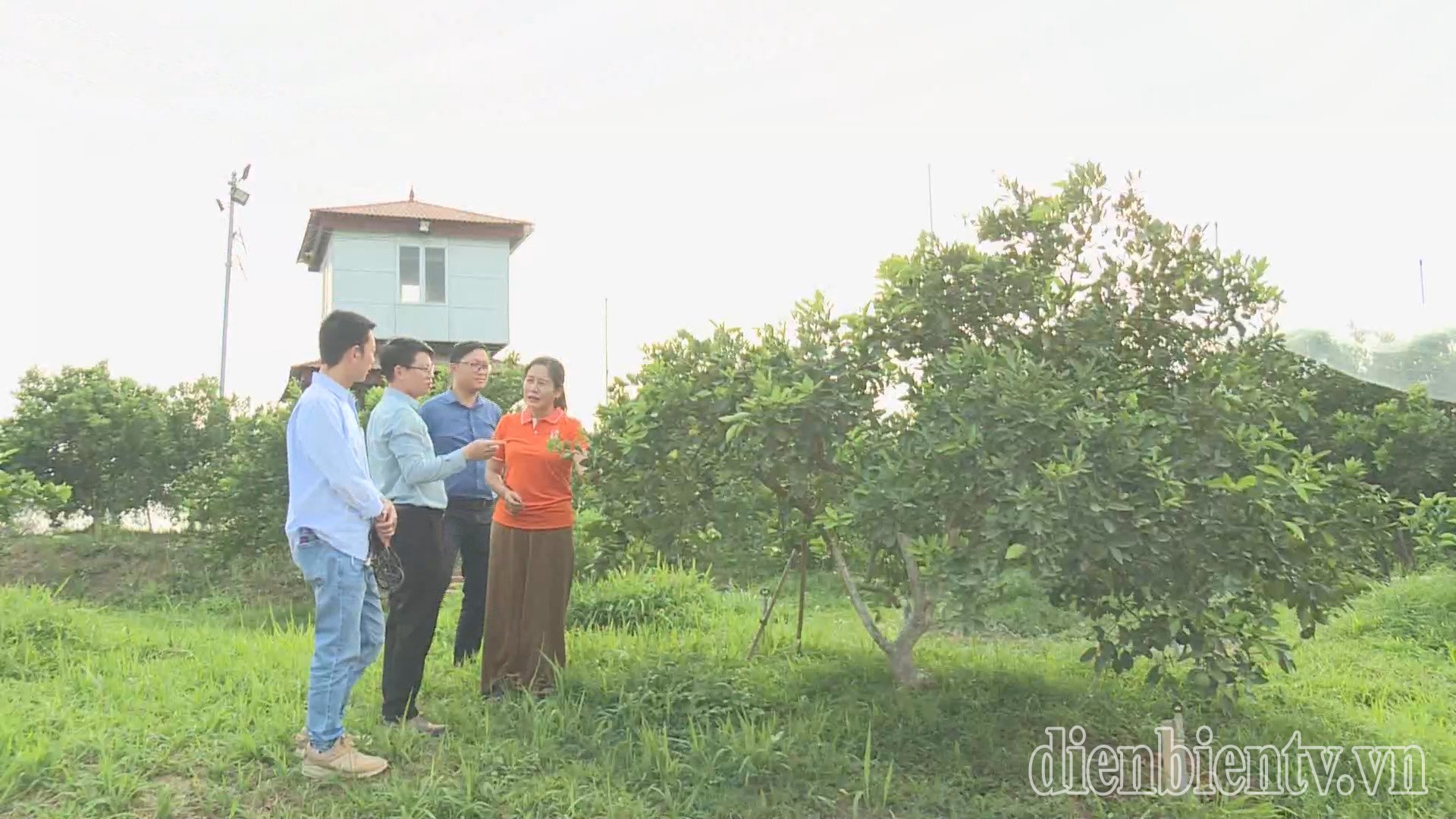








![[REVIEW OCOP] An Lanh Huong Vet Yen Cat](https://vstatic.vietnam.vn/vietnam/resource/IMAGE/2025/3/27/c25032328e9a47be9991d5be7c0cad8c)



Comment (0)